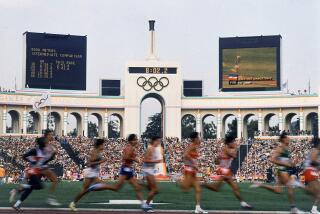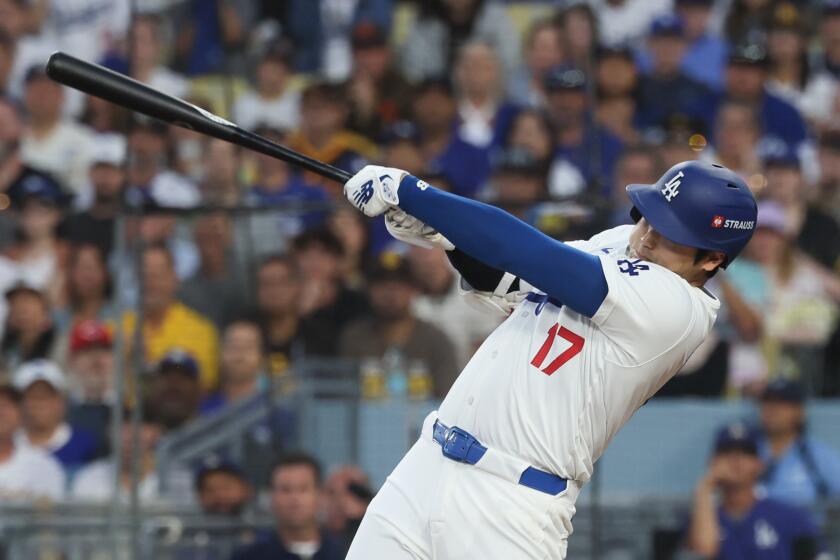Thyroid Cancer and ‘60s Protests
- Share via
Re “Next Time, Listen to Mother,” Column Left, by Ruth Rosen, Aug. 7: My extended family and I were having an adventurous time attending the various events at the 1984 Olympics. I had a check-up with my doctor during this time that put a pall on the celebrations. He was direct and helpful. I was not well, I needed to see the oncologist on the fourth floor. Had I ever been exposed to radiation? I had thyroid cancer. Above-ground nuclear testing was suspected, but from atmospheric exposure, not milk. I was a little kid in the 1950s and breathed lots of air and drank lots of milk. My own adventure with thyroid cancer is not over yet.
Government and scientists need not only to listen to the mothers, they need to listen to their hearts.
KELLY D. VAN GORDER
Temple City
* Rosen attempts to revise the history of Women Strike for Peace. “In 1961, as a radioactive cloud from a Russian nuclear test hung over the United States, some Americans began to fear the potential health hazards in nuclear fallout,” Rosen said. This implies Women Strike for Peace was concerned about Soviet atmospheric nuclear testing.
Indeed, nearly every day for about six months in 1961, the Soviets exploded nuclear devices in the atmosphere, which culminated in the detonation of a 50-megaton bomb. Throughout that period, not a peep was heard from Women Strike for Peace.
It wasn’t until the Kennedy administration began a few, hastily arranged atmospheric tests that Women Strike for Peace protested. Their message, in effect, was that atmospheric nuclear testing should be the sole prerogative of the Soviet Union. Little wonder that the House Committee on Un-American Activities would inquire as to whose side they were on. Women Strike for Peace was not about safety from nuclear fallout. It was about unilateral disarmament of the U.S. before its enemies.
JIM AUSTIN
Canoga Park
More to Read
Go beyond the scoreboard
Get the latest on L.A.'s teams in the daily Sports Report newsletter.
You may occasionally receive promotional content from the Los Angeles Times.






